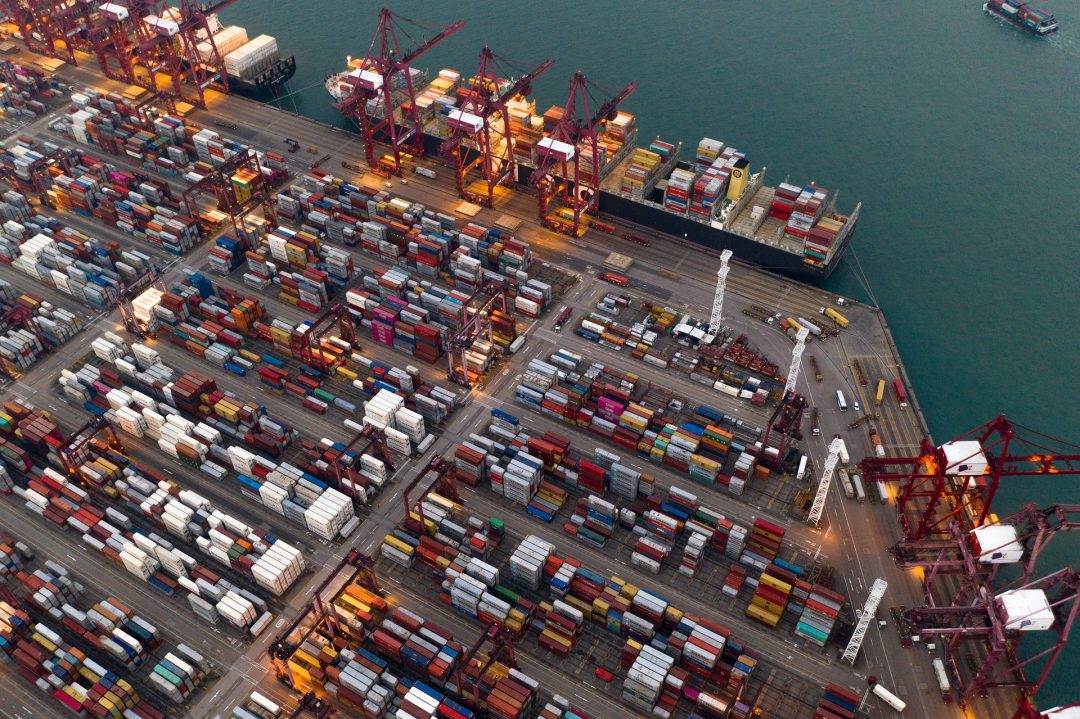Adani Ports and Special Economic Zone Ltd, India’s largest ports and logistics company and part of Adani Group, has received approvals from NCLT Ahmedabad and NCLT Hyderabad for acquiring the remaining 58.1% stake in Gangavaram Port Limited through the composite scheme of arrangement. With this stake purchase, GPL will become a 100% subsidiary of APSEZ.
Commenting on the occasion, Mr Karan Adani, CEO and Whole-time Director, APSEZ said, “Acquisition of GPL is a key milestone in consolidating our position as India’s largest transport utility and in achieving East Coast & West Coast parity. Gangavaram Port has excellent rail & road network connectivity and is the business gateway to the hinterland spread over eight states. The recent addition of a container handling terminal will enable us to accelerate our growth of cargo volumes”.
APSEZ also brings world-class logistics synergies to the table, which will propel Gangavaram Port to a potential cargo volume of 250 MMT. This will boost the pace of industrialization of Andhra Pradesh, added Mr Adani.
Gangavaram Port is located in the northern part of Andhra Pradesh next to Vizag Port. It is the third largest non-major port in Andhra Pradesh with a 64 MMT capacity established under concession from Government of Andhra Pradesh that extends till 2059. It is an all-weather, deep water, multipurpose port capable of handling fully laden super cape size vessels of up to 200,000 DWT. Currently, the port operates 9 berths and has freehold land of ~1,800 acres. With a master plan capacity for 250 MMTPA with 31 berths, GPL has sufficient headroom to support future growth.
The port handles a diverse mix of dry and bulk commodities including Coal, Iron Ore, Fertilizer, Limestone, Bauxite, Sugar, Alumina, and Steel. Gangavaram Port is the gateway port for a hinterland spread over 8 states across eastern, southern and central India.
GPL will benefit from APSEZ’s pan-India footprint, logistics integration, customer centric philosophy, operational efficiencies, and strong balance sheet to deliver a combination of high growth by enhancing market share and add additional cargo types and improved margins and returns.
In FY2022, the port handled cargo volumes of around 30 million metric tonnes, generated revenue of Rs 1,206 crore and EBITDA of Rs 796 crore, which resulted in EBITDA margin of 66%. GPL is a debt-free company with a cash balance of Rs 1,293 crore as of March’22 end.
The acquisition of GPL is priced at around Rs 6,200 crore. APSEZ has already acquired 31.5% stake in the company from Warburg Pincus and another 10.4% from the Government of Andhra Pradesh during FY22. The acquisition of 58.1% stake from DVS Raju & family will be through a share swap arrangement and will result in issuance of around 47.7mn APSEZ shares to the erstwhile GPL promoters. The transaction implies an EV/EBITDA multiple of around 7.8x, which is value accretive to APSEZ shareholders from day one itself.

























